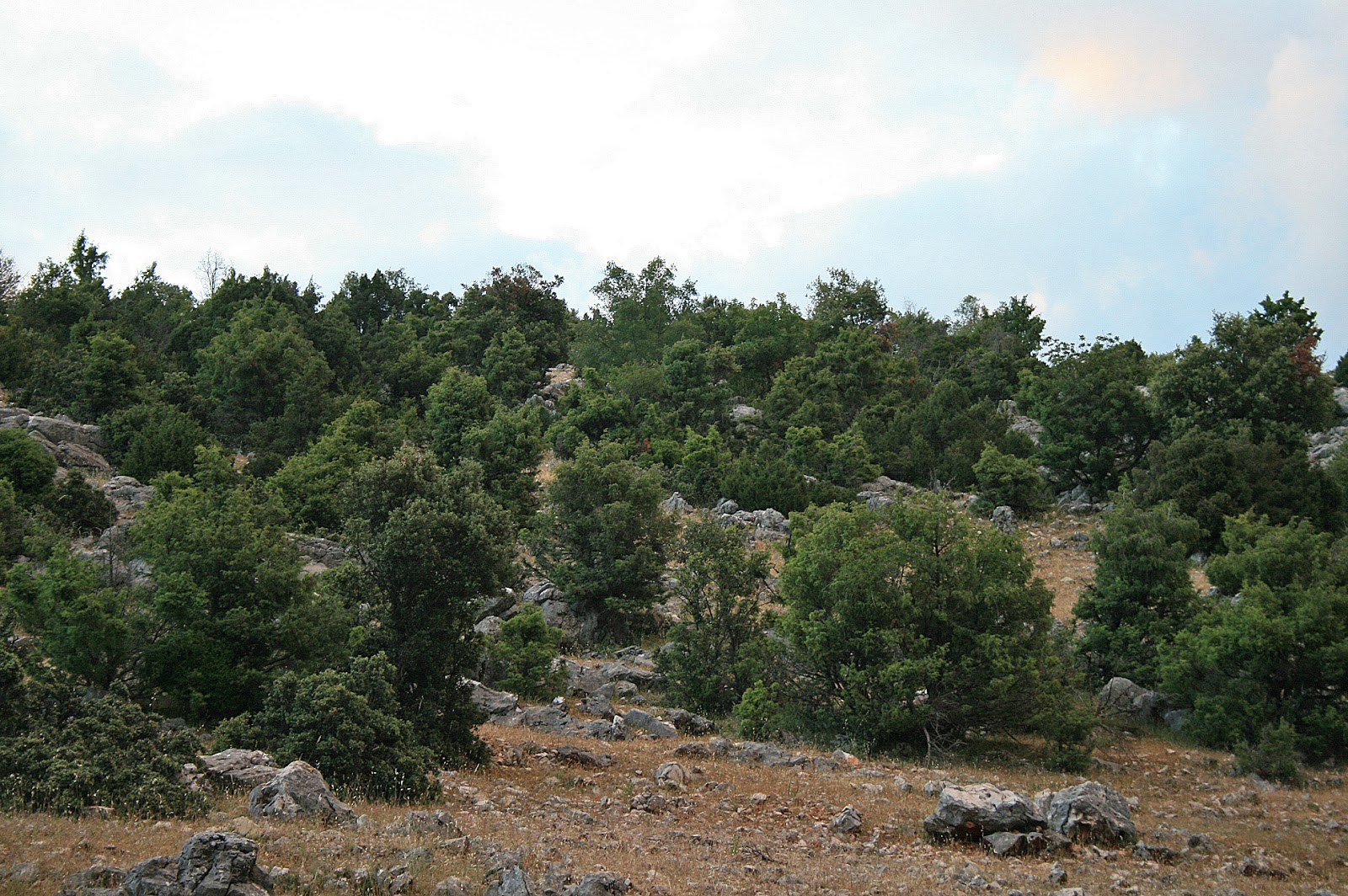Black juniper forests
Singular places
, Cazorla
Lancha del Lobo and river Zumeta
The black juniper or simply juniper (Juniperus phoenicea) forest is one of the characteristic plant formations in the Nature Reserve. They owe their importance to their extension, habitat – rocks and dolomite sandbanks – and to the large number of indigenous species that live in them, including the most emblematic species of all, the Cazorla violet (Viola cazarlensis) and Jasione crispa segurensis, endemisms of the Segura mountains. The juniper forest is listed as a natural habitat of Community interest in the Natura 2000 network.
The forest consists of a series of thinly populated groves where black juniper is the dominant plant element. It can be found in many areas in the Reserve, where it colonises dry, rocky areas exposed to winds and strong sunlight where other trees are unable to grow. It could be said that junipers are the essence of hardiness. Isolated juniper groves can also be found in almost every forest formation in the Reserve, with the exception of the highest peaks, so you can see small clusters of junipers in many places.
You can also find juniper groves on almost every slope in the Las Villas mountains. We have selected the Lancha del Lobo. When you arrive at the Collado del Perezoso hill, walk along the left side of the road, facing the direction you are travelling. It is populated by black junipers, junipers (Juiperus oxicedrus), sparse and thinly populated Coriscan and maritime pines (Pinus nigra salzmannii and Pinus pinaster), gall oaks and holm oaks (Quercus faginea and Quercus ilex ballota), buckthorns (Rhamnus saxatilis) and broom (Erinacea anthyllis y Echinospartum boissierii). The hill you are on is in the foothills of the Blanquillo, the highest peak in the Las Villas mountains.
The juniper forests that grow downstream all along the left bank of the Zumeta river also grow on rock, but they are interspersed with more terebinths. The juniper forest can also be seen from the opposite bank, on the Albacete side. You will be viewing it from further away but this is compensated by a panoramic view of the La Vieja reservoir.
LOCATION OF THE LANCHA DEL LOBO
Take the road that goes from the Aguascebas reservoir to the Gil Cobo Recreational Area. Just before you come to the latter, take a turn-off on your right, preferably on foot. Follow the track until you come to a crossroads where you go to the left and carry on up a gentle slope until you come to the top of the Collado del Perenoso. On your left you will see a huge expanse of limestone pavement called La Lancha del Lobo.
LOCATION OF ZUMETA
In the village of Vites, go in the direction of the Torcal farmhouse.




